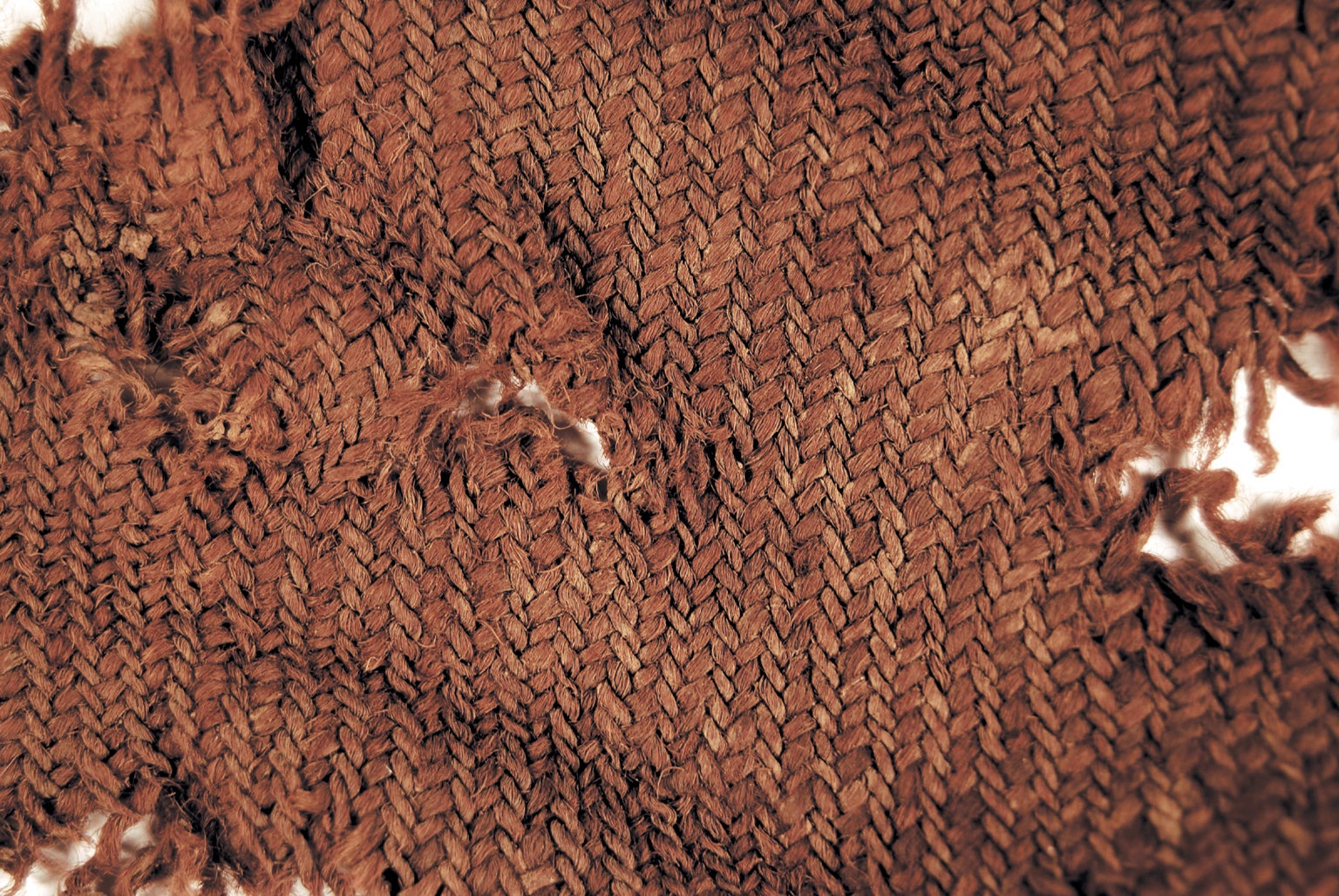Viking Women Were Power Weavers Whose Textiles Provided Vital Trade Across Europe, Researchers Say [View all]
One archaeologist has discovered that Viking women made a highly standardized cloth that was valued as a currency.
Sarah Cascone, September 19, 2022
The Vikings of legend were fearless male warriors who raided coastal towns across Europe. But archaeological research shows that Viking women were just as integral to the expansion of Viking society as their male counterparts if not more so, thanks to a vital trade in their homespun textiles.
It was women’s weaving that helped give birth to the Viking Age, according to Michèle Hayeur Smith, an anthropological archaeologist at Brown University in Providence, Rhode Island. This period in the Middle Ages saw Norsemen trade across Europe and even extend their reach to North America.
“Textiles and what women made were as critical as hunting, building houses and power struggles,” Hayeur Smith told Scientific American.
The daughter of an anthropologist who specialized in fabrics, Smith got a fashion degree in Paris and focused on Viking women’s dress during her PhD studies at the University of Glasgow in the 1990s.

Legal cloth known as vaðmál from late 17th-century archaeological deposits at the site of Gilsbakki in western Iceland. Gilsbakki was the seat of Viking Age and medieval chieftains from around 900 to 1210. Photo by Sarah Philbrick Kelly, 2008.
More:
https://news.artnet.com/art-world/viking-women-weavin-power-2178165
